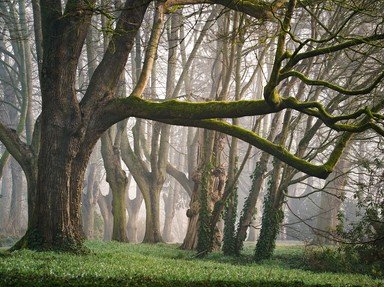Quiz Answer Key and Fun Facts
1. Having a Malus domestica in your garden should give you a ready supply of which fruit that is popularly made into pies?
2. Lagerstroemia indica has decorative, long-lasting flowers that provide colour throughout the summer. It is particularly popular in the southern United States and more generally known by what name?
3. The tree known as golden rain or golden chain thanks to its showy display of yellow flowers can be a talking point of any garden in early summer - but make sure you don't eat any part of it (including the leaves shown) as it is also poisonous. By what other name is it known?
4. Native to south-eastern areas of the United States and also known as bull bay, which evergreen tree with big dark-green leaves famously grew in the White House garden and once featured on US twenty-dollar bills?
5. Acer palmatum is a small deciduous tree native to areas of east Asia that has become a popular ornamental garden tree thanks to its delicate, attractive and colourful leaves. By what other name is it more commonly known?
6. If you have a riverside garden then you might choose to grow which deciduous tree, known for its pendulous drooping branches with long, thin, light-green leaves?
7. Crategus monogyna is a small deciduous tree or large shrub often used for ornamental interest in gardens or for hedging. What name would you need to look out for if you wanted to get an example for your own garden?
8. Named after the 19th century British landowning family at whose estates this hybrid was first produced, which fast-growing tree became a popular addition to urban gardens in order to provide screening and privacy?
9. If you have a garden with a nice warm sunny spot then you could choose to make it home to a Citrus x sinensis tree, which would provide you which type of tangy fruit?
10. The small tree known as Laurus nobilis can have a dual purpose in a garden: providing a nice evergreen ornamental feature and producing aromatic leaves that are often used in Mediterranean cuisine. By what common name is this versatile tree known?
Source: Author
Fifiona81
This quiz was reviewed by FunTrivia editor
WesleyCrusher before going online.
Any errors found in FunTrivia content are routinely corrected through our feedback system.
